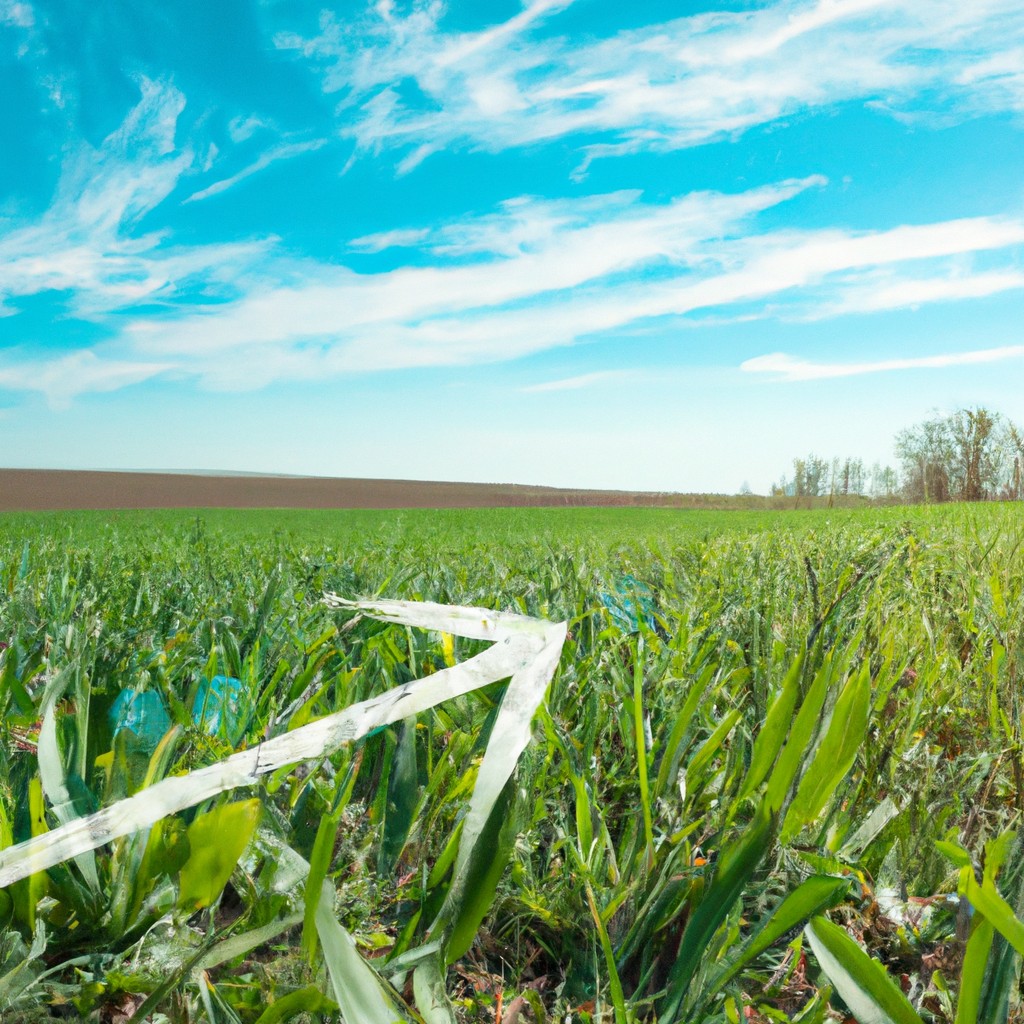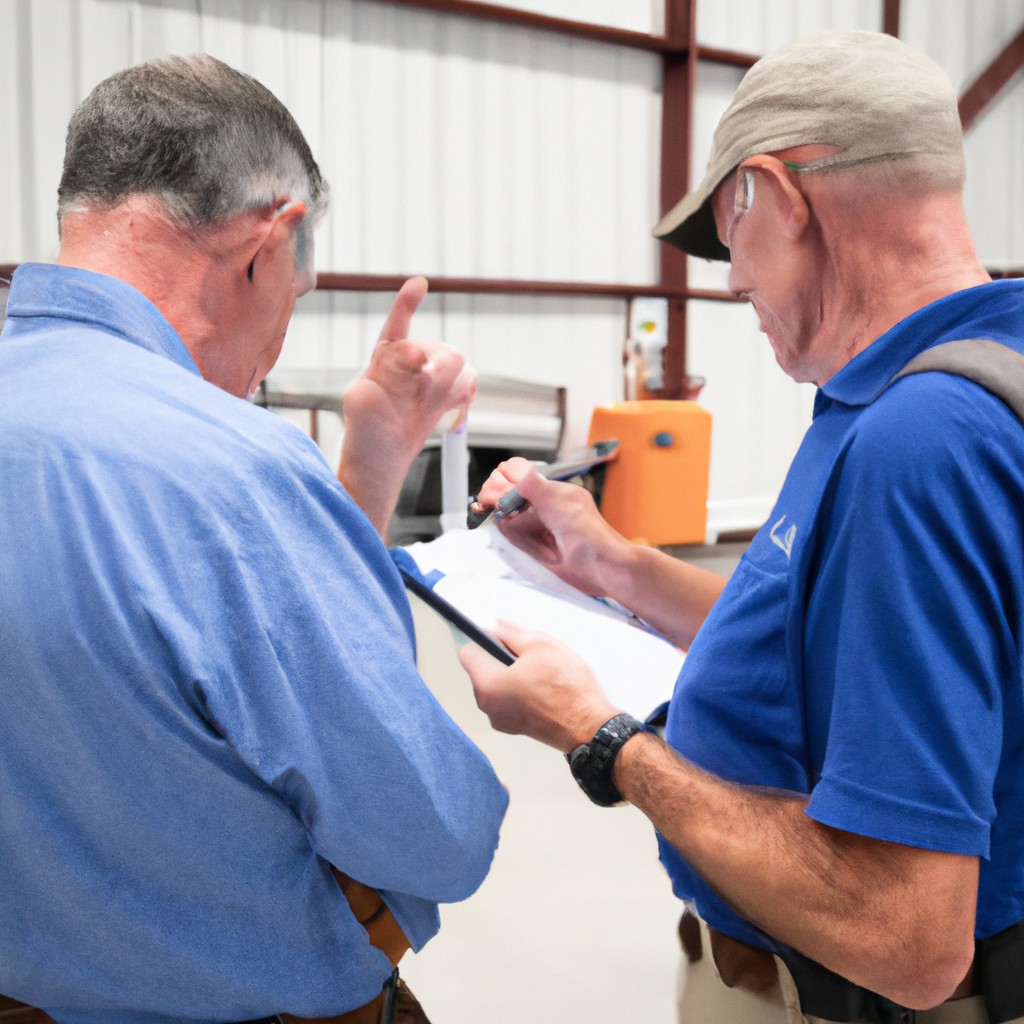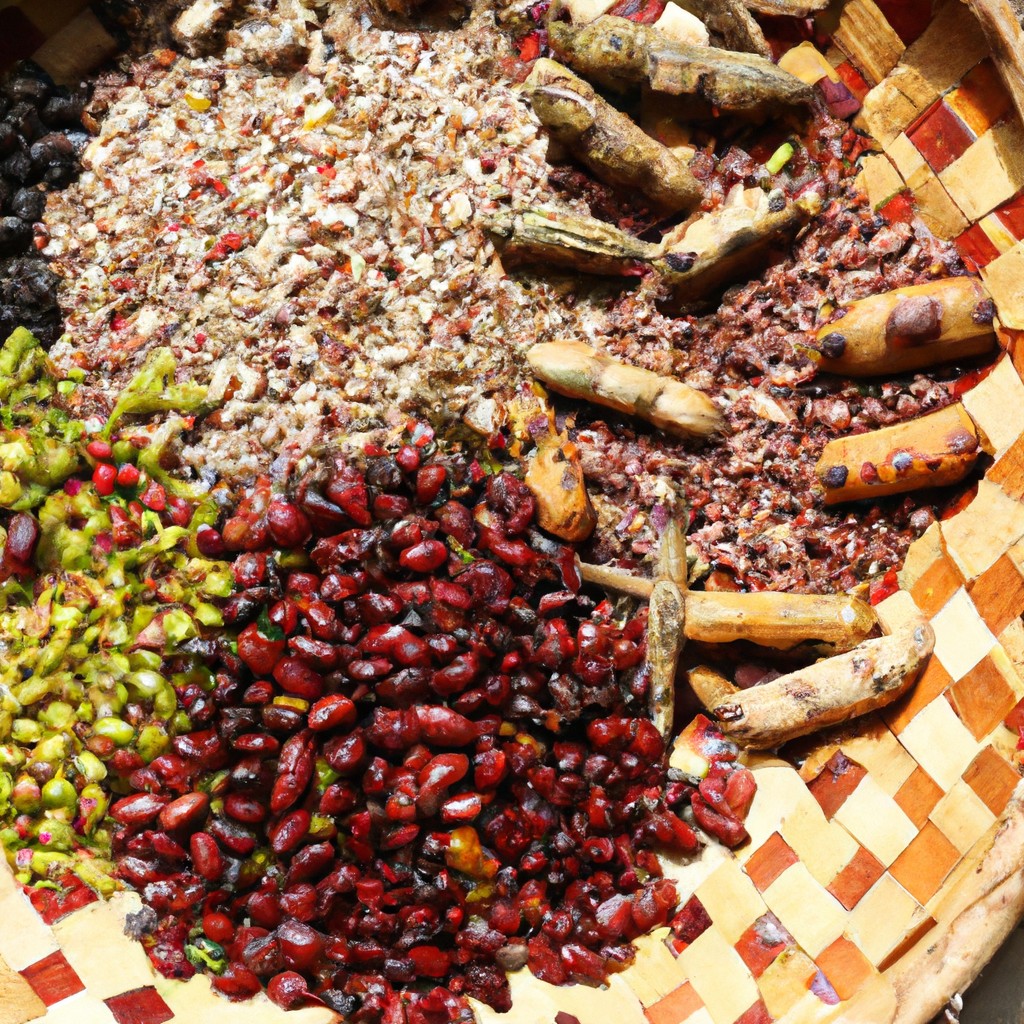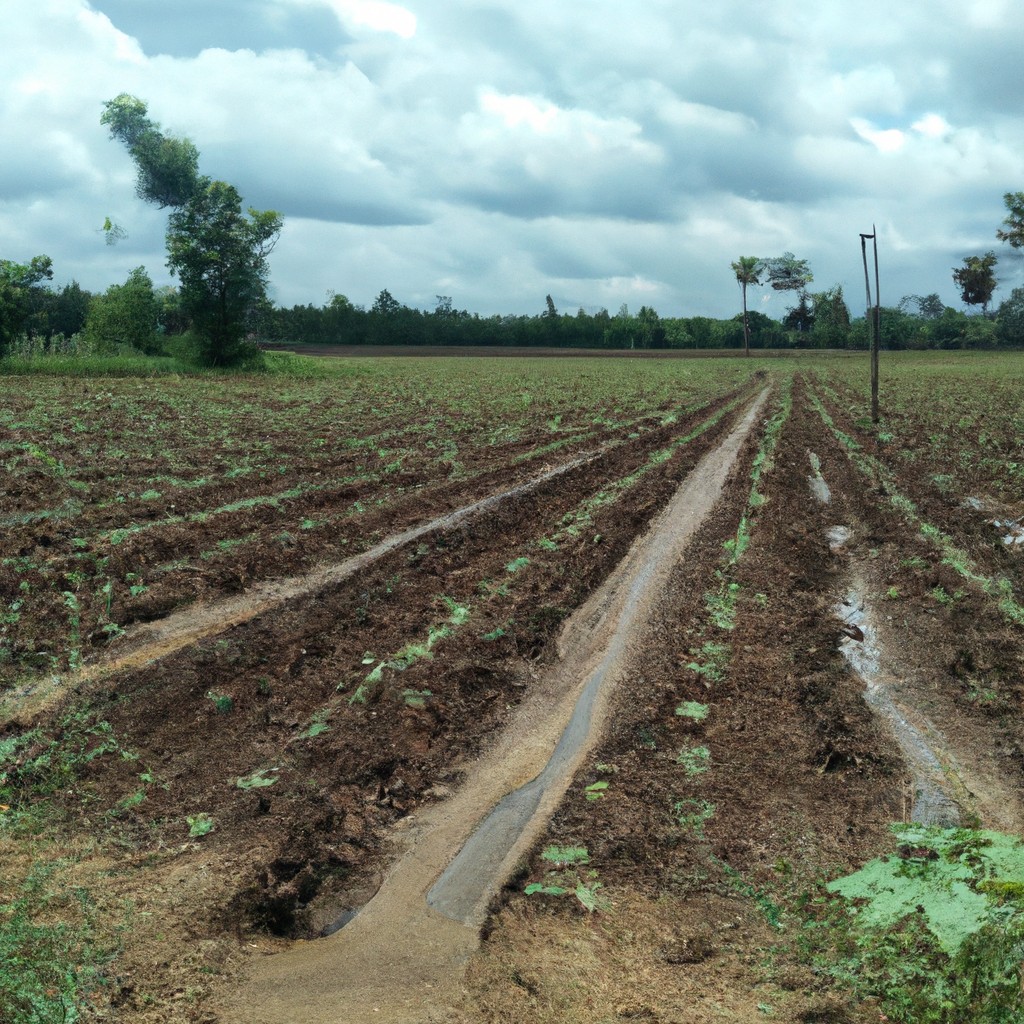In this article, you’ll discover how Italy’s agriculture blends tradition with innovation to thrive sustainably.
Look Inside:
Food and Agriculture Import Requirements
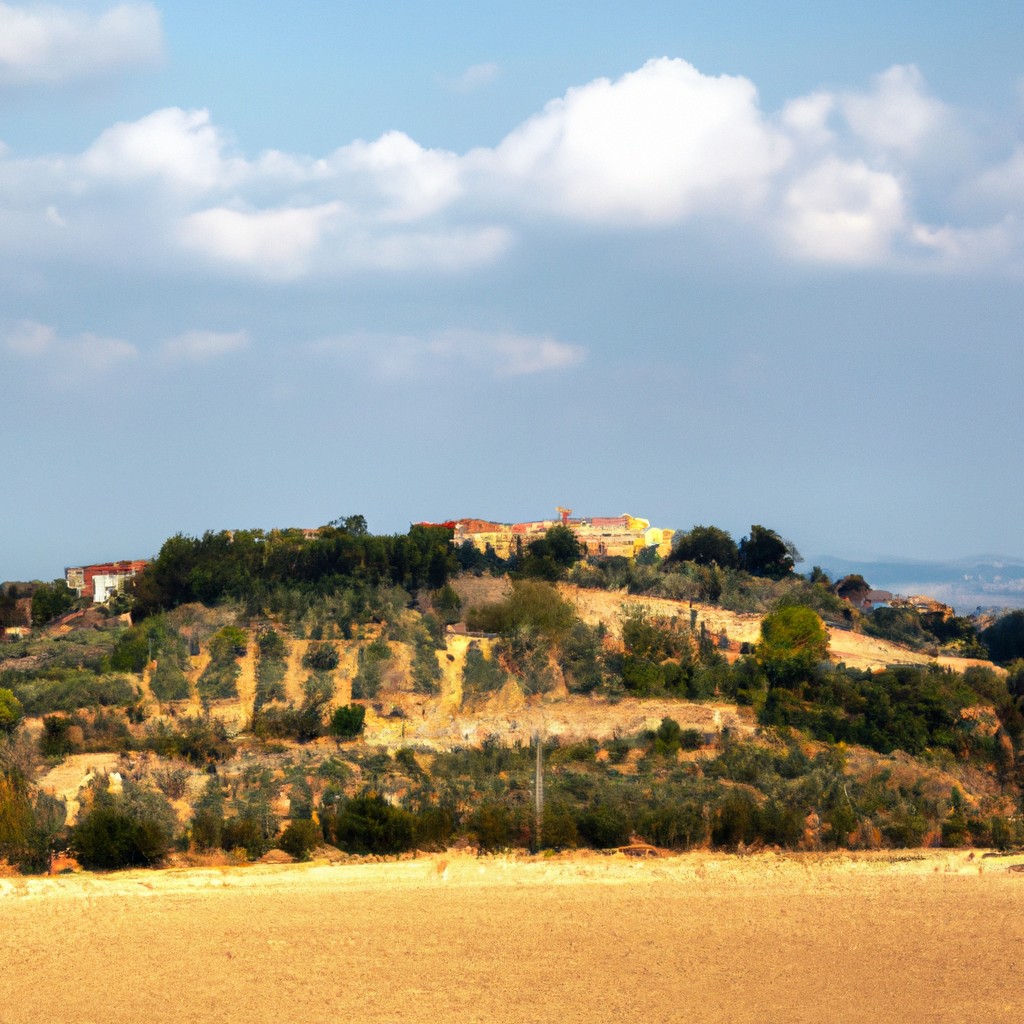
Italy has its own special kitchen rules, like your grandma guarding her secret lasagna recipe. These rules ensure that food and agriculture products are top-notch. First on the list, products waltzing into Italy need proper ID badges, also known as certificates. No certificate, no entry.
Next, Italian authorities have a love for labels. Everything must be labeled in Italian, from the origin to any hidden ingredients. It’s like giving a food item its very own Wikipedia page, but in Italian.
Then there’s the European Union’s hands-on-the-hips approach. EU laws and regulations demand specific standards, making sure your imported cheese doesn’t resemble a science experiment gone wrong.
Finally, the Italians are serious about quality. Products are often tested for everything from pesticide residues to whether they use organic fertilizers, ensuring that what enters doesn’t raise any spaghetti-swirling eyebrows.
Leading Sub-Sectors
In Italy, wine is the unrivaled superstar, strutting its stuff across global markets. With names like Chianti, Barolo, and Prosecco, it’s no wonder those grapes are ready to papparazzi!
Olive oil, the liquid gold of the Mediterranean diet, plays a vital role as well. Italians know how to make olives do the cha-cha into olive oil bottles, keeping salads worldwide shimmering in healthy gleam.
Next up, pasta. It’s kind of a big deal. Wheat is strategically grown, making Italy the proud parent of the carb-heavy darling we all love. Oh, carbs, you delicious rascals!
And let’s not forget fruits and vegetables. From tomatoes that could moonlight as dessert to artichokes that look like they belong in modern art museums, Italy serves them in abundance. Taste a sun-ripened tomato there, and you’ll hear it sing arias!
Dairy has its rightful throne too. Ever heard a wheel of Parmigiano Reggiano whisper sweet nothings? Italy has. The country churns out dairy delights that can turn your ordinary cheese toastie into a Nobel prize candidate for flavor.
Each of these sub-sectors, with distinct flavors and sassy personalities, makes Italy’s agriculture a delicious force to reckon with.
Food Processing Ingredients Sector
In the Italian sector, the symphony of flavors coming from locally-sourced ingredients is music to any chef’s palate. Diversification is the spice of life here, offering a vast range of options to tickle your taste buds or send your pizza soaring to new heights.
Olive oil, the liquid gold that makes everything taste 40% better, is produced with sheer dedication. Count dozens of varieties and more as farmers embrace both tradition and innovation. The tomato sauce, a non-negotiable for your pasta, experiences a delectable journey, from the sun-soaked fields to a jar near you.
And let’s not forget the flour! Crafted from regional grains, it whispers stories of age-old traditions to your dough and breads. Italians might even crown themselves flour whisperers. Specialized inputs, along with a commitment to quality, anchor Italy’s food processing to ensure that each ingredient sings the right tune in every dish.
Environmental Challenges
Italy’s agricultural domain juggles a few pesky environmental juggling pins. Climate change is proving to be a cheeky adversary, bringing extreme weather events like floods, droughts, and heatwaves—making farmers feel like they’re playing a game of “What’s Next?”
Water scarcity is another unruly rascal. With over-extraction and inefficient irrigation, water appears to have joined an exclusive club: the scarce resource society. Farmers are now hitting more water problems than they hit snooze on a Monday.
Soil erosion is a slippery slope, eroding away more than just optimism. Poor land management and heavy machinery are treating the soil like a doormat, and its health is paying the price.
Pollution also makes a cameo here. Pesticides and fertilizers have rebranded themselves as “soil conditioners,” but the soil knows better. Such “conditioners” can hurt more than they help if overused.
Biodiversity loss is sending invitations too, inviting curious pests that love to chow down on crops. To combat this, Italy embraces organic farming and seeks harmony with nature, like a hopeful romantic comedy in the making.
Opportunities
Welcome to a land where even the tomatoes have secrets! Italy presents exciting avenues for green innovation in agriculture. Picture this: sunny fields powered by solar panels and tractors running on good old biofuel. It’s like the farmland of the future with a splash of rustic charm.
Urban agriculture is taking off like a cannoli-fueled rocket. Rooftop gardens and hydroponic wonders are sprouting faster than you can say “molto bene.” Cities are keen to grow their own veggies right next to their historic piazzas.
And don’t overlook agri-tourism. Italy is making farms as attractive as Tuscany’s vineyards. Visitors can roll up their sleeves, milk a cow, or just pretend to understand the complexities of winemaking, all while boosting the local economy.
Meanwhile, Italian farmers are embracing organic methods like they’re twirling pasta. There’s a growing appetite for organic produce, and it’s as if everyone decided that chemicals are so last season.
Digital farming tools are cropping up like wild mushrooms after rain. From drones surveying olive groves to apps that match-make fertile soils with perfect crops, technology is ensuring that Italian agriculture isn’t stuck in the Renaissance.
